
How much does CE Certification for Electronic products cost?
What is CE certification?
CE certification is a mandatory certification for products entering the European market, aimed at ensuring the safety and health of the European market. However, the CE mark only indicates that the product meets the safety requirements of the European Union and does not indicate the quality of the product. Therefore, CE certification only pertains to the safety testing of the product and does not evaluate its quality. The CE mark is a mandatory certification mark for the European market.
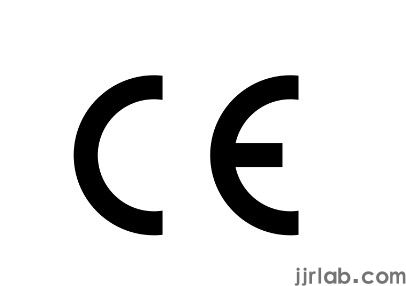
How Long is the Validity Period of CE Certificate?
Generally, CE certificates do not have an expiration date. Most domestic testing agencies only provide the issuance date on the CE certificate. However, for a CE certificate to have no expiration date, two conditions must be met: 1. The testing standards have not been updated; 2. There have been no design or structural changes to the product. If these two conditions are met, your CE certificate can be used indefinitely.
How often are testing standards updated? In general, European testing standards are updated approximately every 5 years. Therefore, many institutions may inform CE certification applicants that the validity period of the CE certificate is 5 years, which is not considered incorrect.
How Much Does ce certification cost?
The cost of CE certification depends on many factors such as the type of product, the applicable standards, and the certification body.
Based on the input voltage of the product:
Electronic products:
- Direct Current (DC) Input—such as battery-powered devices, automotive products, or products with USB input, only require CE-EMC electromagnetic compatibility directive. The cost of CE certification is generally around $350 to $420.
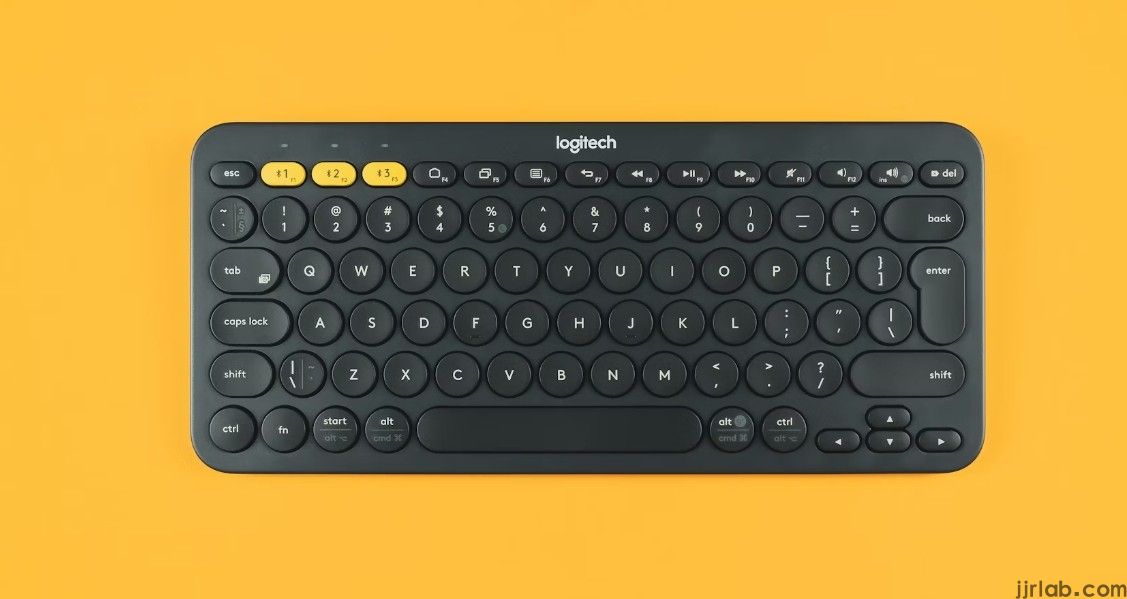
- Alternating Current (AC) Input—such as mobile phone chargers, small household appliances, etc., for products with input voltage above 75V, CE-EMC+LVD directives are required. The testing fees by third-party organizations for CE certification are generally around $430 to $550.
Based on the functionality of the product:
Mechanical products:
- Such as packaging machines, filling machines, capping machines, and various mechanical equipment. CE certification for these products is based on the Machinery Directive (MD), and the cost is slightly higher than that for conventional electronic products, generally around $1400.
Wireless products:
- Including Bluetooth, WIFI, 2.4G, 433, etc. CE certification for wireless products is based on the Radio Equipment Directive (RED). The cost varies depending on factors such as the functions of the product, Bluetooth version, wireless frequency band, and whether it is for close-range use. Taking the most common wireless functionality as an example, the cost for CE-RED certification by Chinese third-party testing agencies is generally around $700 to $900.

Toy products:
- For non-electric toys, CE certification is generally based on the EN71-1-2-3 toy standards, and the cost depends on the material and color of the product. The more colors and materials, the higher the certification cost, ranging from hundreds to thousands of dollars.
- For electric toys, CE certification is generally based on the EN62115 standard for electric toys. The cost by ordinary domestic third-party agencies ranges from $500 to $800.
Personal protective products:
- CE certification is based on the Personal Protective Equipment (PPE) Directive, covering products such as reflective vests, diving masks, sunglasses, etc. The certification cost for such products is relatively higher. By ordinary domestic third-party agencies, it generally ranges from $800 to $1200.
Email:hello@jjrlab.com
(Chinese laboratories have a price advantage, with qualifications equally comprehensive; the turnaround time may be shorter than other laboratories; contact us for a quote, we might help you save a significant portion of your budget.)
Size Requirements for the CE Mark
The CE size standard specifies that the minimum size of the CE mark should be 5mm 5mm, and the maximum size should not exceed 10mm 10mm. There are also specific size requirements for the font of the CE mark: the minimum font width should not be less than 0.2mm, and the maximum should not exceed 1.2mm; the minimum font height should not be less than 0.35mm, and the maximum should not exceed 2.0mm.
Furthermore, the CE size standard stipulates that the font of the CE mark should be consistent with environmental requirements, clear and legible, and must not be deformed, damaged, or blurry to ensure the correct use and visibility of the CE mark.
Export companies should pay attention to the size requirements of the CE mark to ensure compliance with the standard requirements during the use of the CE mark.
Email:hello@jjrlab.com
Email:hello@jjrlab.com
Write your message here and send it to us
 Toothbrush FDA Certification Testing
Toothbrush FDA Certification Testing
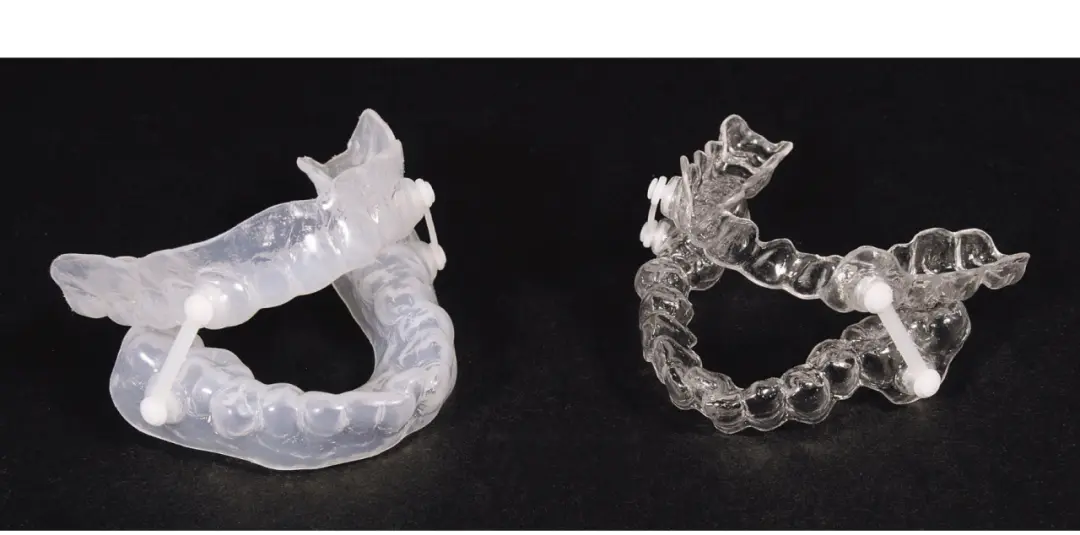 Snoring Device FDA 510k Standard Testing
Snoring Device FDA 510k Standard Testing
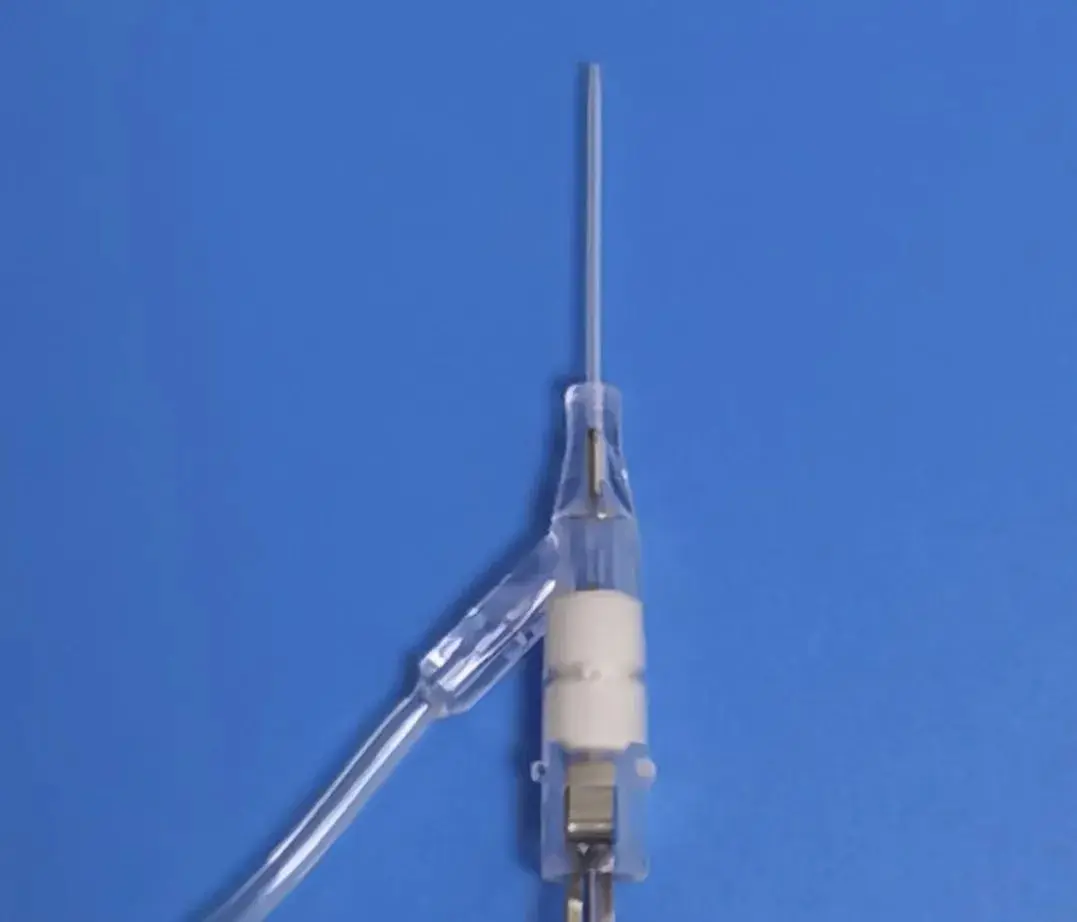 Single Use Intravenous Catheter Certification Test
Single Use Intravenous Catheter Certification Test
 Silicone Material Product Compliance Certification
Silicone Material Product Compliance Certification
 What to Do If Cytotoxicity Test Results Are Positi
What to Do If Cytotoxicity Test Results Are Positi
 ISO 10993:5 Cytotoxicity Testing Methods
ISO 10993:5 Cytotoxicity Testing Methods
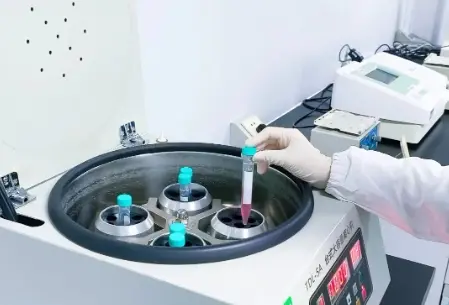 FDA ISO 10993-1 Biocompatibility Evaluation Guidel
FDA ISO 10993-1 Biocompatibility Evaluation Guidel
 In Vitro Cytotoxicity Testing for Medical Devices
In Vitro Cytotoxicity Testing for Medical Devices
Leave us a message
24-hour online customer service at any time to respond, so that you worry!




